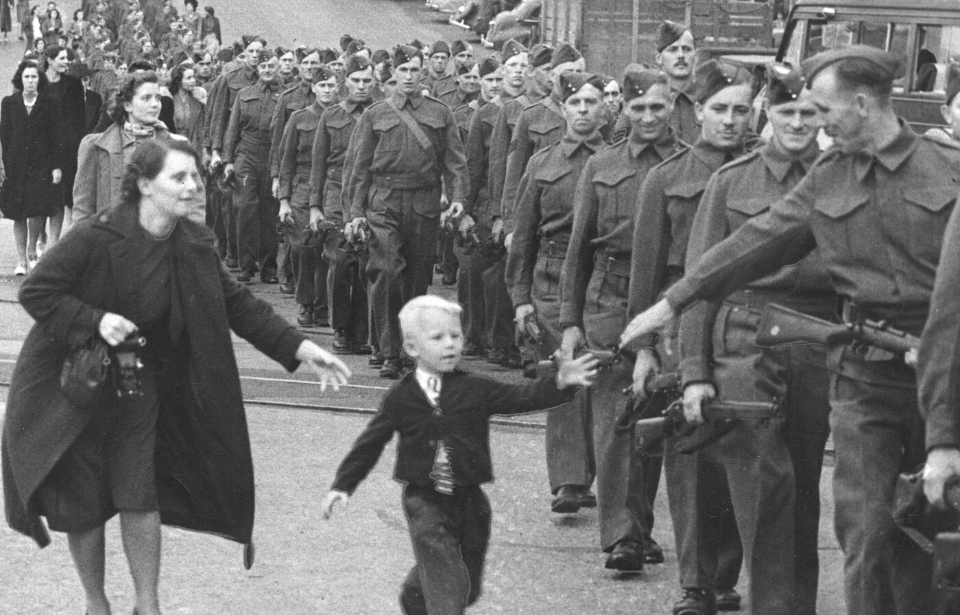The Wait for Me, Daddy photograph became one of the most famous images to come out of Canada during the Second World War. A seemingly heart-felt image of a young boy running to his soldier father as he prepares for his deployment overseas, the story behind the photo is much more complicated.
Jack Bernard was a member of the British Columbia Regiment
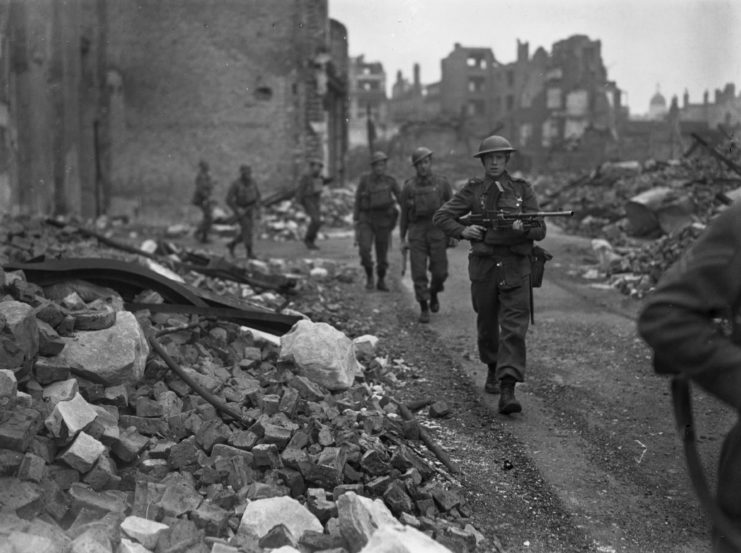
Prior to Canada’s entry into the Second World War, Jack Bernard was an acting sergeant major with the British Columbia Dragoons. The unit wasn’t activated, so he dropped down in rank and enlisted as a private with the British Columbia Regiment (Duke of Connaught’s Own Rifles).
At this time, the BC Regiment was performing various guard duty assignments. It wasn’t until its members were ordered to a secret destination overseas that the regiment’s duties became more active in the war. The servicemen marched down 8th Street, at the Columbia Street intersection in New Westminster, British Columbia, on October 1, 1940. As they made their way to the train, the most famous Canadian photo of World War II was captured.
Wait for Me, Daddy was captured before a wartime deployment
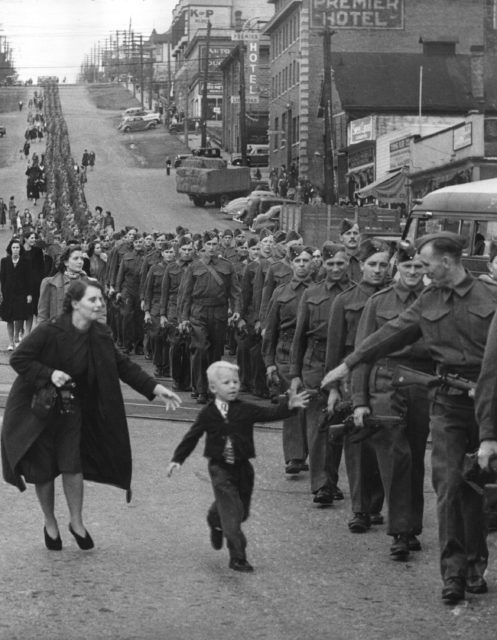
Warren “Whitey” Bernard was just five years old when the British Columbia Regiment was reassigned overseas. As his father was preparing to leave that day, the young child broke free of his mother’s grasp to run after him. At the same time, Claude Dettloff, a photographer with The Province, had set up his equipment to capture the troops awaiting their train.
As Whitey reached for his father, the elder Bernard shifted his rifle to the opposite side to grab his son’s hand for just a moment. Dettloff’s photo, titled Wait for Me, Daddy, captured the heart-felt moment perfectly.
Candace Macpherson, Dettloff’s granddaughter, explained in a 2014 interview that she equates the photo with her grandfather, saying, “Honestly, when I look at that photo, I see granddad because I grew up with it and it was something he took.” She praised his skills, noting he’d captured the moment using the technology of his time, not the advanced cameras we have today.
Canada’s impact on the Second World War
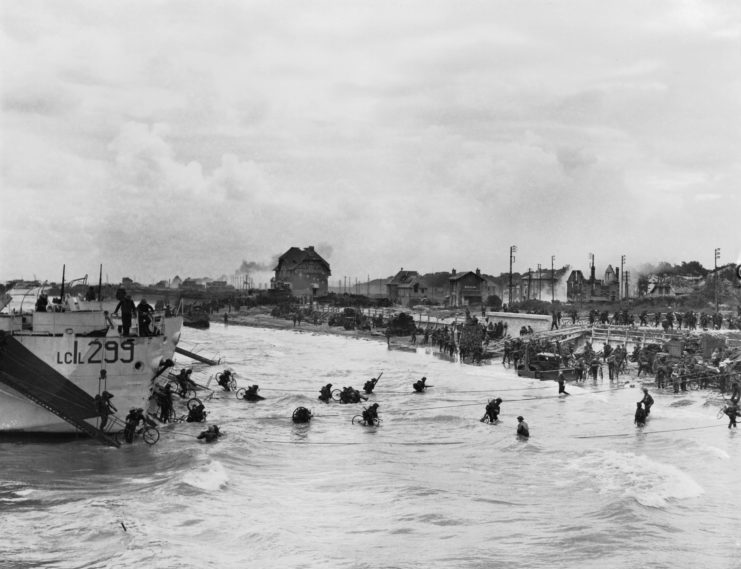
When Jack Bernard and his regiment left for their secret destination, they found they were sent only three hours away, in Nanaimo, British Columbia. Here, they defended the coast against potential attacks from Germany and Japan. The British Columbia Regiment was eventually sent overseas in August 1942, after it was converted from infantry to armor.
The Canadian servicemen arrived in the United Kingdom, but didn’t see action until landing on the already-established D-Day beachhead on July 23, 1944. Immediately after, the regiment participated in Operation Totalize and helped crush the German Army stationed in France, ultimately pushing the enemy into Holland.
The last battle the BC Regiment participated in was during their crossing of the Kusten Canal on April 17, 1945. The end of the war in Europe came less than a month later. Bernard survived his time overseas and returned home that October. Some of his fellow servicemen in the regiment weren’t so lucky, with it having suffered 122 deaths and 213 wounded.
Wait for Me, Daddy received plenty of exposure
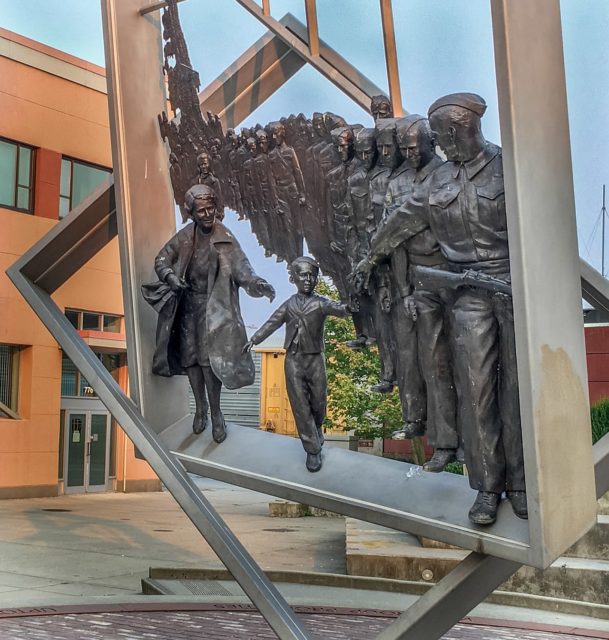
Wait for Me, Daddy was taken long before the close of the war and appeared on the front page of the morning newspaper the day after it was taken. The photo immediately gained traction and was picked up by other magazines, including Life. It also showed up in every school in British Columbia.
Whitey became a local celebrity, and during the summers of 1943 and ’44 traveled the province with a group that pushed people to purchase war bonds in support of the Canadian soldiers fighting overseas. At these events, he’d say, “Buy a bond and bring my daddy home.”
The photo was so well-known that Whitey’s future wife, Ruby, knew of her husband years before she actually met him, having seen the image “hung in every school in British Columbia during the war.”
The Bernard family broke up because of Jack’s deployment
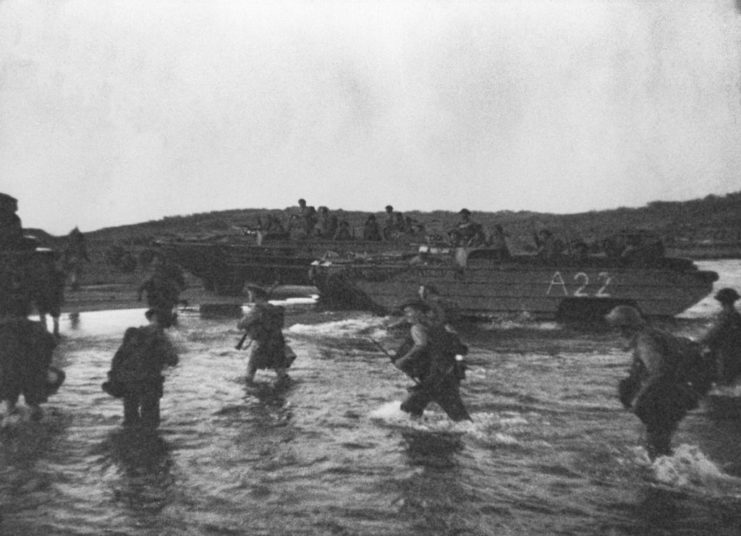
Although Jack Bernard survived the war, his marriage didn’t. Whitey described his mother’s reaction to her husband’s deployment, saying, “She was pretty upset because I guess over here the soldiers were all milling around and everybody was saying goodbye — and then they were heading for the ship.”
Bernice didn’t want her husband to join the war effort and was upset when he dropped rank to enlist as a private. “That’s probably the last time we were together as a nuclear family, as they put it today,” Whitey explained. “We were never together again as a family after that moment.”
He continued, “He was 33 years old, he had a dependent child and she was madder than a hornet and she wanted him to wait until the BCDs, the B.C. Dragoons, were called up as a regiment and then he would have gone into the army as a sergeant, and of course a sergeant’s pay was twice what a buck private’s pay was.”
Bernice never forgave her husband and the two divorced before his return home. Had things not unfolded the way they did, Whitey believes his parents may not have divorced, saying, “They may have even stayed together because divorce was certainly not that common. I mean I was one of the rare kids on the street where I lived, I grew up in Vancouver, that had parents who were divorced. I was a bit of an anomaly in the group of the kids that I jumped around with.”
Whitey was reunited with his father
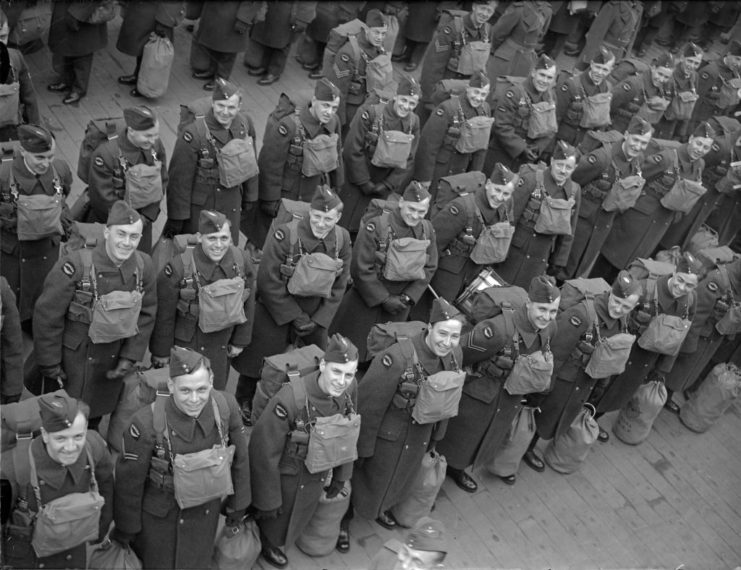
When Jack Bernard returned home from the war, there was no joyous embrace shared between him and Bernice. Instead, Whitey’s grandfather took him to see his father. “The day my father came home, my grandfather took me to the train station, and there was Dad. That was probably the happiest day in my 10-year-old life,” he explained.
At their reunion, Whitey’s father told him, “In the end I had my war.”
Honoring the cultural impact of Wait for Me, Daddy
Wait for Me, Daddy was incredibly popular during WWII. However, following the war, it was temporarily forgotten. Whitey has since donated his memorabilia to a local museum, saying, “I think the right thing to do is to have the stuff archived properly in the city where the picture was taken.”
New Westminster later commissioned a bronze statue honoring the photo, which stands at the bottom of 8th Street, in Hyack Square. The monument was unveiled on October 4, 2014. The Royal Mint also announced a series of coins featuring an adaptation of the image, while Canada Post debuted a stamp depicting the heart-felt moment.
More from us: The Stories Behind History’s Most Iconic War Photos
Rob McCullough of the New Westminster Cultural Services Department said, “Emotions such as love, separation of family, the relationship between a father and son are things that are cross-cultural, and by bringing those things into our museum we can then begin to tell the stories of people who lived in our community or impacted our community in some way.”
